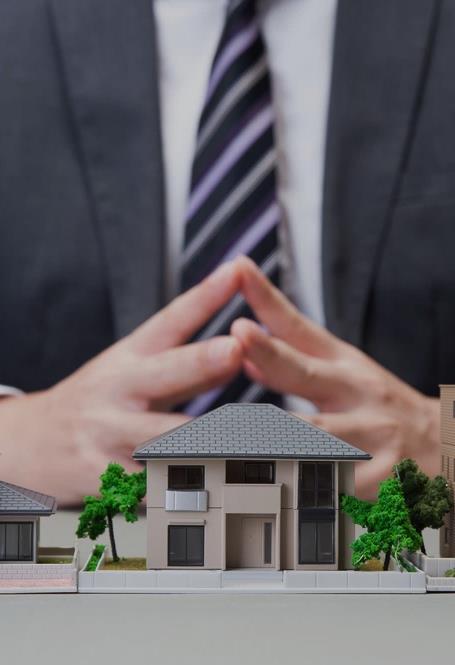
1 minute read
Step 3: Price Your Home
PRICE YOUR HOME
Agents can leverage their knowledge of your local market and resources to price your home. A good agents will understand historic sales in your market and seasonality trends to determine an ideal price for your home. They’ll also take your desired sale timeline and price into consideration, to make sure you get the maximum price within your preferred time set. Step 1 – Request a CMA ▪ A CMA or Comparative Market Analysis is a document, taken from your local Multiple Listing Service (MLS) database that lists sold home details. You’ll see homes of similar value with their sold price and sale time. The report will then provide a suggested listing price. ▪ A real estate agent will typically provide you with a CMA during their listing presentation in hopes that you’ll hire them as their agent.
Advertisement
Step 2 – Meet With Your Agent ▪ After selecting an agent, meet again to finalize a listing price. Be sure your agent is familiar enough with your market to strategically price, position, and present your home by asking them the process they used to determine the price.
Step 3 ▪ – Be Flexible Have realistic expectations going into your listing presentation R e q ▪ Don’t rely on home search sites like Zillow or Trulia to provide a suggested list price. u e ▪ Consult agents familiar with your market before making price s expectations. t a C M A
Factors That Affect Your Home’s Value:
• Local market demand – Are you in a buyer’s or seller’s market? • Age and condition of home • The square footage of the home and size of the property. • Number of bedrooms and bathrooms. • Location and proximity to points of interests, hospitals, schools, businesses, freeways, bodies of water, etc. • Amenities – garage, pool, appliances, heat bathroom floors, solar panels, etc.








